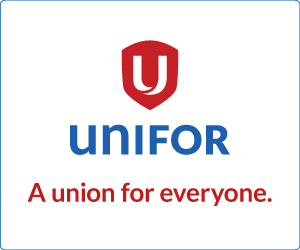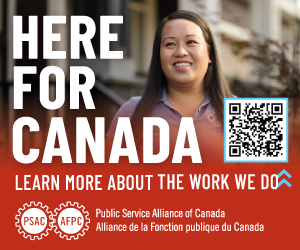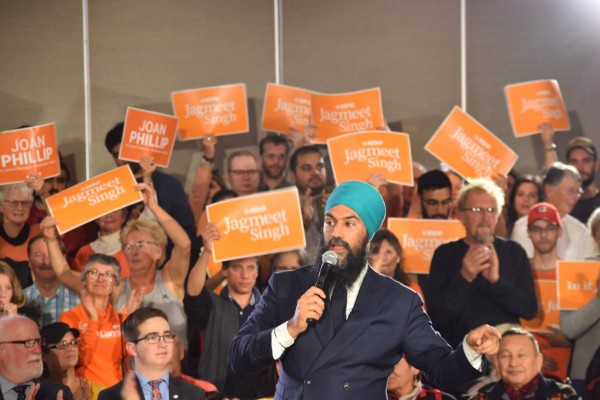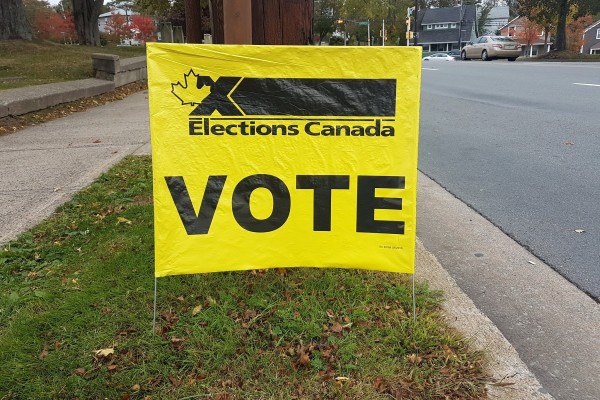The Uncertain Path to PR
The election of a minority Liberal government in the June federal election has created a historic opportunity to push democratic reform in Canada, specifically dumping our unrepresentative, uncompetitive first-past-the-post voting system for some form of proportional representation. While there have been minority governments before – throughout the 1960s, from 1972-74 and in 1979 – this is the first time since Mackenzie King’s farmer/labour-supported Liberal minority government of 1921 that a number of key political parties favour at least considering PR.
While the federal Liberals continue to dismiss PR, the NDP and the Greens are solidly in favour of the change, while both the Bloc and the Canadian Alliance wing of the new Conservative party voted in Parliament a year ago for an NDP private member’s bill to hold a national referendum on the issue. Electoral reform also appears to be advancing on a number of provincial fronts: New Brunswick, P.E.I., Québec and B.C. The Liberals in Ontario have also promised to examine the question.
First-Past-The-Post: Limits and Liabilities
But all these promises may yet amount to little. If recent attempts at reform elsewhere mean anything, to actually change any of Canada’s entrenched voting systems will prove more difficult than it appears.
This is because FPTP is a powerfully undemocratic voting system that is very attractive to those that wish to wield near-dictatorial power. There are powerful interests in most parties opposed to the change. And Canada’s media remains hostile or indifferent at best to the question.
What we do in the next few months could make all the difference to the success or failure of the current PR initiative. If we want reform to succeed, we’ve got to get the issue into public view, get people talking about it, and connect public frustration with politics to our antiquated, “all or nothing” voting system.
The recent federal election certainly underscores how badly our current first-past-the-post voting system works. Nationally the Bloc, Conservatives and Liberals were all over-represented while the NDP and Greens were dramatically under-represented. The NDP’s 16 per cent translated into just 6.2 per cent of the seats; almost five per cent for the Greens failed to garner them a single seat.
More dramatic inequalities were produced at the regional level. The Conservatives won 93 per cent of the seats in both Alberta and Saskatchewan, despite wildly different levels of popular support: 62 per cent in Alberta versus just 42 per cent in Saskatchewan. In B.C., the right slipped to just 37 per cent of the popular vote but still won 61 per cent of the seats. Other regions also produced dramatic inequalities. In Québec, 49 per cent of the popular vote gave the Bloc 72 per cent of the seats. In Ontario, the Liberals’ 45 per cent gave them 71 per cent of the seats.
By contrast, the NDP was badly under-represented in all regions of the country. And women, visible minorities and Aboriginal peoples all remain dramatically under-represented in the new parliament.
Toward Proportional Representation
If bad representation alone could catalyze voting-system reform we would have had PR long ago. But this year’s results are hardly better or worse than what we usually get from FPTP. Making the shift to PR will require more: politicizing our voting system, making its subtle but pernicious effects public, and directing the palpable sense of public frustration with our democracy toward PR as one part of a solution.
Additionally, it will involve negotiating past the many gate-keepers who will attempt to derail or diminish the reform efforts, either by attempting to confuse the debate with disinformation about how PR systems work, or by attempting to distract the public with phoney reforms like “free” votes for individual MPs. If these tactics don’t work, they’ll move to proposing very limited alternatives, like “PR” systems that are barely proportional and would serve to help only the existing parties. The only way to counter this is to get the public informed about the issue.
However, PR has yet to register with the broader public. Polling shows that most people do not understand how our current voting system works, let alone any of the alternatives. One recent poll discovered that an overwhelming majority of Canadians believe party standings in the House of Commons should mirror their popular support at election time. Yet the same poll suggested that most Canadians prefer majority government. The clear implication is that most people believe “majority” governments really do represent a majority of Canadians, despite the fact that only three federal governments have enjoyed a clear majority of the popular vote since 1921.
Before we can sell PR as a solution we’ve got to get the workings of our present system – the phoney nature of its “majority” governments – out in the open. When they find out about it, people tend to respond with shock and outrage at the distortions of our current system. Most agree that something isn’t right with a system that denies people what they vote for.
In other words, talking about the voting system can get people talking along broader lines about fairness and inclusion. The campaign for PR then has the potential to rally the public behind a democratic fairness agenda. But we can’t simply rely on party elites, even supportive ones like the NDP, to make this happen. We’ve got to go public.
If you think PR is too dry or technical to get people talking, get out Judy Rebick’s Imagining Democracy. Some of the most exciting parts of the book recount how the regional citizens’ assemblies that accompanied the Charlottetown Accord process got average folks from across the country talking about the stickiest issues in Canadian politics.
We need to think creatively about how to stage and facilitate broad public discussions about what is wrong with our democracy and how PR could address it. More democracy won’t and can’t be delivered by elites, no matter how well meaning. There has got to be an informed, focused public demand behind it.
Dennis Pilon for the CD editorial collective
This article appeared in the September/October 2004 issue of Canadian Dimension .









